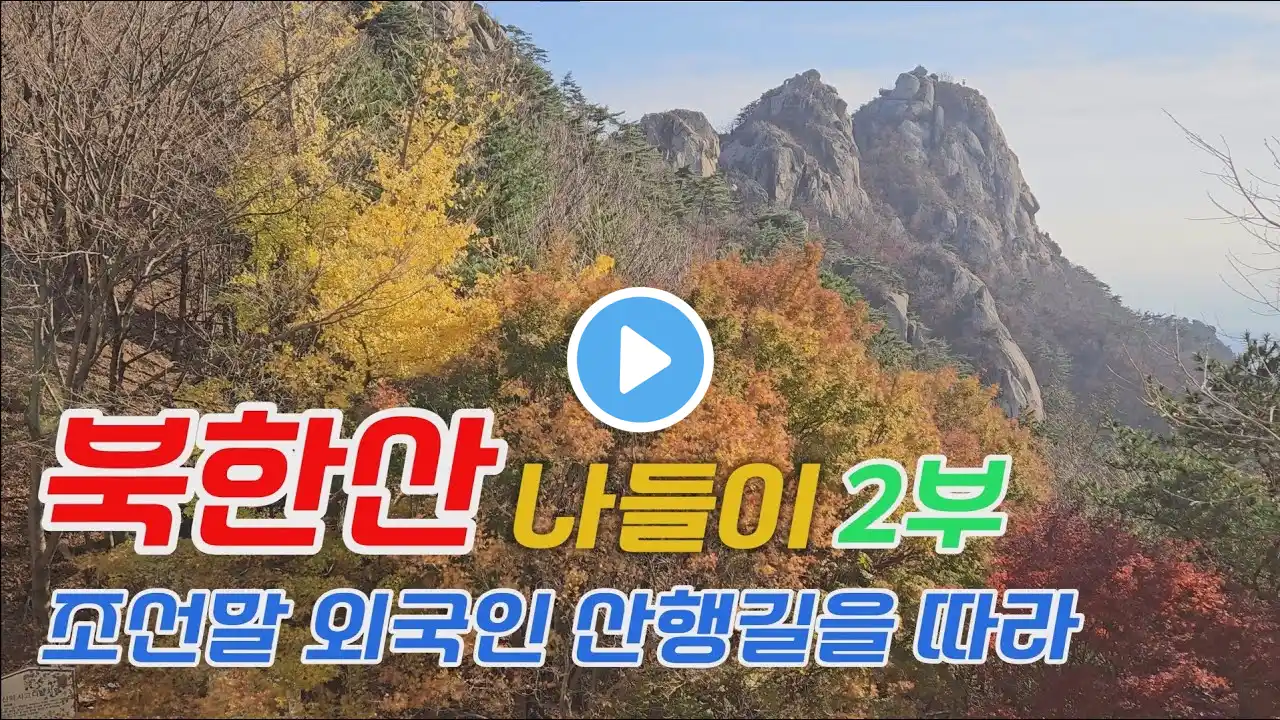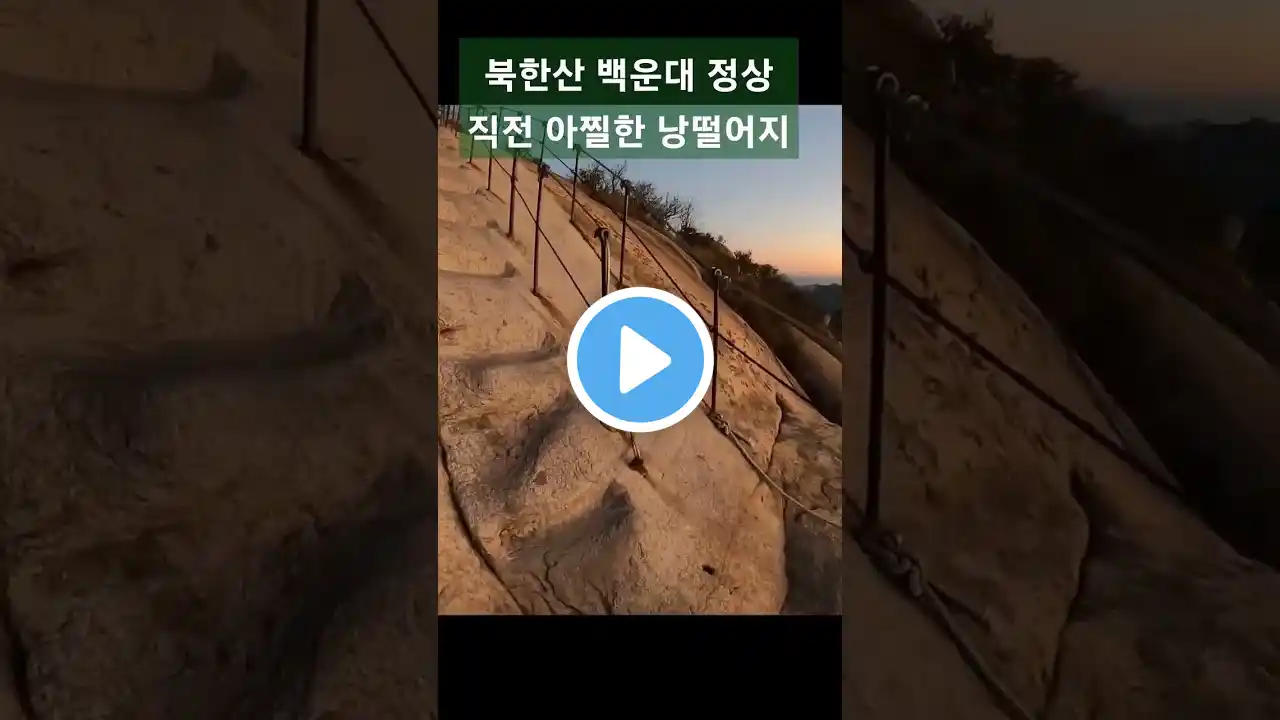![[북한산 나들이 1부]조선말 외국인들의 산행길을 따라/Bukhansan Mountain Part 1(Following the Foreign Tracks in Late Chosun)](https://krtube.net/image/SvEXMdHFr3A.webp)
[북한산 나들이 1부]조선말 외국인들의 산행길을 따라/Bukhansan Mountain Part 1(Following the Foreign Tracks in Late Chosun)
오늘 나들이는 조선말 서울에 주재했던 외국인들의 북한산행길을 따라갑니다 버스를 타고 진관사 인근에서 하차한 후 내시묘역길, 대서문, 중흥사, 행궁터, 남장대터, 대남문, 문수사를 거쳐 종로구 구기동 계곡에서 나들이를 마무리합니다 영상이 너무 길 것 같아 1부, 2부(Part 2 나눴습니다 00:00 인트로 / Intro Today’s walk begins at a place near Jingwansa Temple tracing a trail that was favored by foreign residents in Seoul during the late 19th and early 20th centuries, including Arnold Henry Savage-Landor, Lillias Horton Underwood, Jack London, George Trumbull Ladd, Norbert Weber among others Drawn to the area by the natural beauty of the mountain or their interests in the fortress palace, they left Seoul through Peking Pass from the West Gate of Seoul Wall as far as they could in their ponies, Jinrikisha or paranquin carried by four or six ‘coolies,’ until it was only accessible by walk Savage-Landor, the grandson of a prominent British poet, visited Korea shortly before the start of 1891, spending several months in Seoul During his stay, he established connections with influential members of the Chosun government, particularly from the ruling Min family members He documented his experiences in a book published in 1895, offering detailed accounts of his visits to Bukhansan and its temples and palaces within the fortress and other places in and round Seoul However, his writings also contained harsh and occasionally prejudiced criticisms of Korean society and its people 00:08 내시묘역길 - 북한산성 입구 / Chosun’s Eunuchs Graveyard to Entrance to Buhansan Fortress The bus to Jingwansa Temple was crowded with hikers heading to Bukhansan, drawn by the vibrant autumn foliage at its peak I began my walk near the temple, where the ridges of Bukhansan created a picturesque backdrop In the 1880s, British diplomat William R Carles, while traveling to northern Korea, observed that the area near the temple was a fertile farmland with various crops on the farms and large pumpkins growing on the tops of thatched houses The route leading to Bukhansan National Park, was a narrow wooded path known as the Eunuchs’ Grave Trail This trail is notable for the discovery of numerous graves belonging to eunuchs of the Chosun Dynasty Eunuchs, who held roles as low-ranking officials, served within the royal court during the Chosun era 05:18 대서문 – 무량사 / The Great West Gate to Muryangsa Temple The Great West Gate of the Bukhansan Fortress is actually located on the north west of the fortress despite its name Arnold Savage-Landor describes the path to the gate as picturesque, with a dome-shaped peak and a valley encircled by mountains creating a pictureque view immediately beyond the gate At the time of his visit, the Muryangsa Temple had not yet been constructed, as its history, unlike the other monk-soldier temples within the fortress, is relatively recent The ’new temple in Bukhan’, referred to as in Horace G Underwood’s book ‘An Introduction to Korean Language’ might have been the Muryangsa Temple, where it is said that the Queen Min, after 100 days of prays, was blessed with a prince who became the successor to the throne 12:25 중성문 / Inside the Central Gate Unlike other places in the Fortress, the way from the Great West Gate has gentle thus vulnerable to the attack, they installed another gate for added defense From this gate the tip of Nojeokbong peak is clearly visible Until lately there was a small village of 50 or more houses within the fortress but the houses in Bukhan-dong village were relocated out of the National Park The village began its history with the construction of the fortress in the early 18th century, the residents of which supported the soldiers and officials with daily necessities The residents before they moved out managed shops and restaurants for the visitors who came to enjoy the water especially during the summer months








